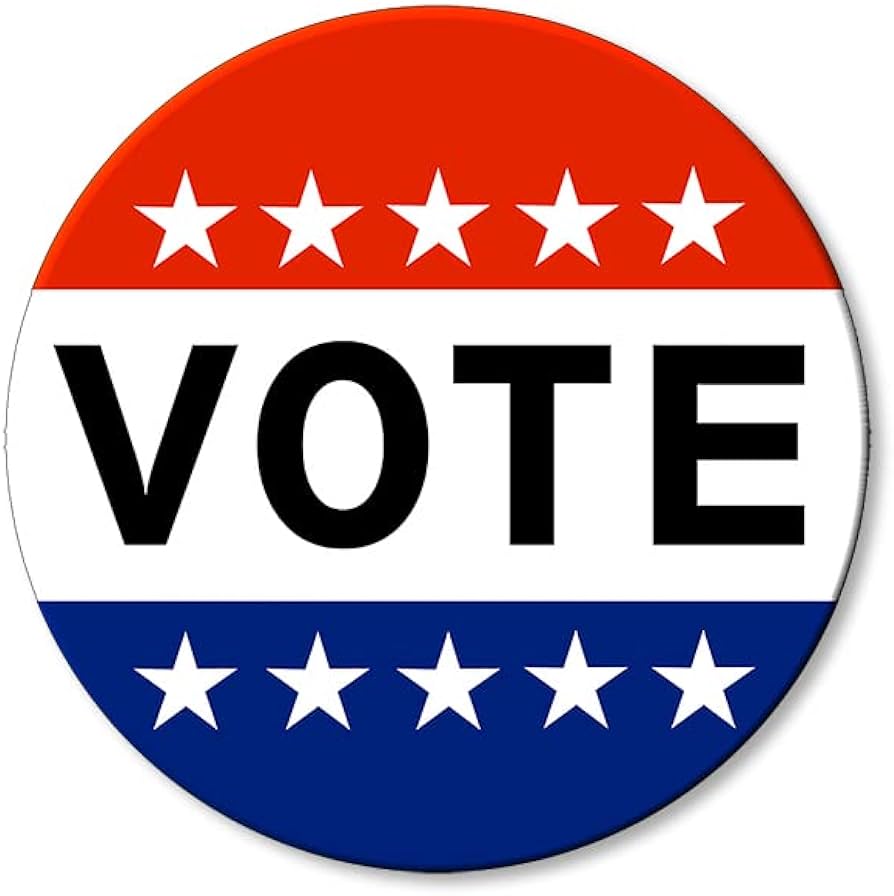Four justices appeared absolutely determined, on Wednesday, to overrule one of the most consequential Supreme Court decisions in the Court’s entire history.
Chevron v. National Resources Defense Council (1984) is arguably as important to the development of federal administrative law — an often technical area of the law, but one that touches on literally every single aspect of American life — as Brown v. Board of Education (1954) was important to the development of the law of racial equality. Chevron is a foundational decision, which places strict limits on unelected federal judges’ ability to make policy decisions for the entire nation.
As Justice Ketanji Brown Jackson said during Wednesday’s arguments, Chevron forces judges to grapple with a very basic question: “When does the court decide that this is not my call?”
And yet, four members of the Supreme Court — Justices Clarence Thomas, Samuel Alito, Neil Gorsuch, and Brett Kavanaugh — spent much of Wednesday’s arguments in Loper Bright Enterprises v. Raimondo and Relentless v. Department of Commerce speaking of Chevron with the same contempt most judges reserve for cases like Plessy v. Ferguson (1896), the pro-segregation decision rejected by Brown.
The open question is whether the Court’s four most strident opponents of this foundational ruling can find a fifth vote.
None of the Court’s three Democratic appointees were open to the massive transfer of power to federal judges contemplated by the plaintiffs in these two cases. That leaves Chief Justice John Roberts and Justice Amy Coney Barrett as the two votes that remain uncertain. To prevail — and to keep Chevron alive — the Justice Department needed its arguments to persuade both Roberts and Barrett to stay their hands.



This is the best summary I could come up with:
As Justice Ketanji Brown Jackson said during Wednesday’s arguments, Chevron forces judges to grapple with a very basic question: “When does the court decide that this is not my call?”
And yet, four members of the Supreme Court — Justices Clarence Thomas, Samuel Alito, Neil Gorsuch, and Brett Kavanaugh — spent much of Wednesday’s arguments in Loper Bright Enterprises v. Raimondo and Relentless v. Department of Commerce speaking of Chevron with the same contempt most judges reserve for cases like Plessy v. Ferguson (1896), the pro-segregation decision rejected by Brown.
Both companies have an army of lobbyists, engineers, and scientists, who all argue that their employer’s invention is the “best system of emission reduction” and that the federal government should require power plants to install their tech.
Agencies, by contrast, are staffed by scientists, economists, physicians, and other experts who are more capable of evaluating difficult policy questions than a handful of people with law degrees.
The fundamental question raised in both cases is whether nine unelected lawyers, all of whom have life tenure, should be placed in charge of virtually every policymaking decision made by the executive branch of government.
Justice Kavanaugh, in particular, seemed so eager to give himself this power that he might as well have spent the argument shopping for gold crowns and drawing up an invitation list for his coronation.
The original article contains 1,813 words, the summary contains 225 words. Saved 88%. I’m a bot and I’m open source!